24 years ago in 2001, the new energy vehicle research project was included in the “863” major scientific and technological projects during the “15th Five-Year Plan” period of the country, and the research and development officially started. No one would have thought that the sales of new energy vehicles today are on par with fuel vehicles, or even a little bit stronger.
According to the data of the China Passenger Car Association, in April 2025, the retail penetration rate of new energy passenger vehicles will exceed 51%, which means that for every 100 new cars sold, new energy vehicles account for 51.
And it can be said with certainty that the current hot sales of new energy vehicles are dominated by product power.
With major breakthroughs in key technologies such as power batteries, drive motors, and vehicle operating systems for new energy vehicles, and comprehensive improvements in safety levels, the Chinese auto market in 2025 will continue this “oil-to-electric” consumer migration, and even intensify it.
Between gas stations and charging piles, the owner groups of fuel vehicles and new energy vehicles are gradually differentiated, or formed into two distinct rivers, reflecting their deep fission in income, region, age, occupation and even values.
- Income and region: a split parallel world
In the underground garage of Beijing World Trade Center office building, NIO ET7 and Tesla Model S occupy prime parking spaces, and the common label of the car owners is that they are financial practitioners or technology company executives with an annual family income of more than 500,000 yuan.
As successful businessmen, they embrace technology and pay attention to environmental protection, and high-end electric cars are their proof. They talk about the iteration of 800V high-voltage platform and laser radar, and use the time of a cup of coffee to fully charge their cars.
In sharp contrast, in a township street in Shandong, Wuling Hongguang MINI EV and Changan Lumin shuttle between farmers’ markets and logistics warehouses. The accounts of these car owners are clear and pragmatic: 200 kilometers of delivery mileage per day, the original fuel cost of 120 yuan is changed to 18 yuan of electricity cost, and the cost saved is enough to increase the salary of three employees by 500 yuan each.
This split stems from the difference in income structure. The middle- and high-income groups in first-tier cities (with an annual household income of 300,000 to 800,000 yuan) contribute 42% of the sales of high-end new energy vehicles. They are even willing to pay 64,000 yuan for Tesla FSD, which “cannot be used even if paid”, just because of “technological leadership and future potential”.
In third- and fourth-tier cities, micro electric vehicles below 100,000 yuan have become the preferred productivity tools for individual merchants. Ms. Zhang, a clothing wholesaler in Fuyang, Anhui, has calculated clearly: “This car can be driven for three years, and the fuel saved is enough to buy another new car.”
Regional differences further magnify the choice gap. According to data from the China Regulation Think Tank, the average density of public charging piles in the central urban areas of 36 cities including Shenzhen, Shanghai, Haikou and Guangzhou is 34.3 units per square kilometer, among which the highest density of charging piles in Shenzhen is even more than 200 units per square kilometer.
At the same time, the market share of fuel vehicles in many areas in eastern Inner Mongolia is still higher than 70%, partly due to weather reasons, and of course also due to the lack of development of infrastructure. Although the number of charging piles in third- and fourth-tier cities has increased by 300% year-on-year, 38% of county consumers still give up new energy vehicles because they “cannot find fast charging piles”.
However, Inner Mongolia is comprehensively promoting the construction of charging piles, and with the empowerment of the purchase of new energy vehicles, more and more consumers are beginning to prefer environmentally friendly and energy-saving new energy models. - Age and gender: the collision of intergenerational concepts
Among the group that chooses new energy vehicles, we can also intuitively feel the two decisive factors of age and gender.
Xiao Wang, an Internet practitioner born after 1995, drives a Xiaopeng G6 in Shanghai. He is not interested in the mileage or appearance, but the car system can seamlessly connect DingTalk meetings and B station barrage. He believes that “the mechanical dashboard of fuel vehicles is like a product of the last century.”
This arrogance of technology natives is spreading among people aged 25-35. Data shows that the proportion of new energy vehicle owners in this age group is 61%, and 87% of them believe that “smart cockpit is more important than engine parameters.”
And loyal fans of fuel vehicles over 50 years old stick to their belief in mechanical texture. Lao Chen, a taxi driver in Guangzhou, has been driving a Toyota Corolla for 20 years. His evaluation of electric cars is full of black humor: “There is no sound when you step on the accelerator, just like driving a toy car.”
This obsession has even spawned a unique second-hand market-in 2024, Japanese fuel vehicles with a car age of more than 10 years will have a 12% premium on the second-hand car platform, and most of the buyers are middle-aged people who firmly believe that “naturally aspirated engines are more reliable.”
The dissolution and reconstruction of gender differences are also intriguing. New mothers have become the invisible decision-makers for family car purchases. They are almost paranoid about the air quality in the car. Therefore, NIO ES6 has become a hot-selling model recommended by the mother and baby community because it is equipped with “ultraviolet sterilization air conditioning” and “nursing mode privacy cabin”.
In the consumption map of hard-core off-road vehicles, the proportion of women has risen from 8% in 2020 to 23% in 2025. The female owner of the Great Wall Tank 500 said bluntly: “Driving a fuel off-road vehicle through the desert is more in control than taking children to an amusement park.” At this level, the fun that new energy vehicles cannot give is available in fuel vehicles. - Career and lifestyle: the game between pragmatism and identity symbols
Of course, there are also emotional values that fuel vehicles cannot provide, but new energy vehicles have already reached their full potential. For example, in the small commodity market in Yiwu, Zhejiang, new energy vehicles are a business philosophy of careful calculation.
At 4 a.m. every day, wholesaler Lao Li drives Wuling Bingo to shuttle between warehouses and stalls. He calculates more than just the electricity bill: “When customers see me driving an electric car, they will think that I know how to control costs better, and they can give me two more points when negotiating prices.” This phenomenon of alienating transportation tools into a carrier of commercial reputation has formed a snowball effect in the sinking market-the penetration rate of new energy vehicles in Linyi Trade City has exceeded 40%, far exceeding the proportion of local residents using cars.
Mirroring this is the identity construction of the high-end market. In the investment banking elite circle of Lujiazui, Shanghai, a high-end new energy vehicle is not only a commuting tool, but also a ticket to enter the “carbon account club”. They are keen to show their “annual carbon reduction of 3.6 tons” report cards on their Moments and discuss ESG investment trends in the car owner community.
However, in a tertiary hospital in Hebei, Director Zhang of the Cardiology Department made a metaphorical choice of car. He insisted on buying the fuel version of CR-V, and the reason came from an unconfirmed conjecture: “Electromagnetic fields may interfere with pacemakers.” This excessive defense based on professional background is not uncommon in knowledge-intensive professions such as teachers and doctors.
In contrast, the software engineers in Hangzhou have almost devout trust in technology. Many car owners even allow car companies to collect their driving data for algorithm training, “just as a contribution to the autonomous driving revolution.”
The conflict of values is particularly acute in family scenes. Lao Liu, a retired professor in Beijing, had a fierce dispute with his son – the father insisted on buying the fuel version of Audi A6L, believing that “German craftsmanship is worth inheriting”; the son locked on Zeekr 001 and declared that he “refuses to pay for the oil war.” This intergenerational game ended with a compromise: the father drove a fuel car to pick up his grandson, and the son drove a tram to commute, and the family garage became a temporary ceasefire zone between the two civilizations. - Future Vision: Coexistence rather than Replacement
The main battlefield of the oil-electric battle is more on short video platforms. A quick search will show that the number of views of their battle topics has exceeded 5 billion.
Interestingly, the oil-electric battle has also spawned a north-south battle. Taxi drivers in Changchun spontaneously formed a “Fuel Vehicle Support Club” to show through live broadcasts that the battery life of electric vehicles in a -30℃ environment is reduced; while technology bloggers in Shenzhen launched the “Hundred Cities Charging Pile Exploration” campaign to fight back against prejudice with measured data. This kind of social confrontation has transformed car purchase choices into identity teams.
In fact, when Akio Toyoda admitted that “Japanese electric vehicles are ten years behind China”, the end of the industrial transformation has gradually become clear. But this does not mean the exit of fuel vehicles – in Nagqu, Tibet, Land Cruiser is still the first choice for crossing no-man’s land; in Harbin Ice and Snow World, fuel buses still undertake 98% of the shuttle tasks.
Perhaps the real answer lies in the three-dimensional parking garage in Beijing Wangjing: the upper level is parked with Ideal L9 and BMW X5, and the lower level is crowded with Wuling Hongguang MINI EV and Honda Fit. They quietly share the same space, just like everyone in this era, looking for their own certainty in the torrent of change. After all, there is never only one way to the future.

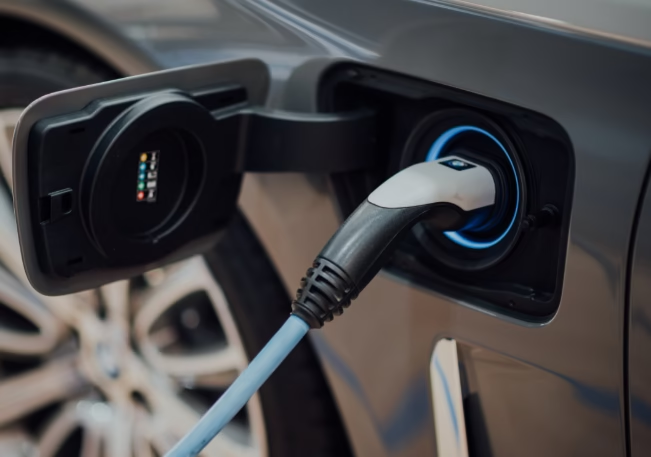
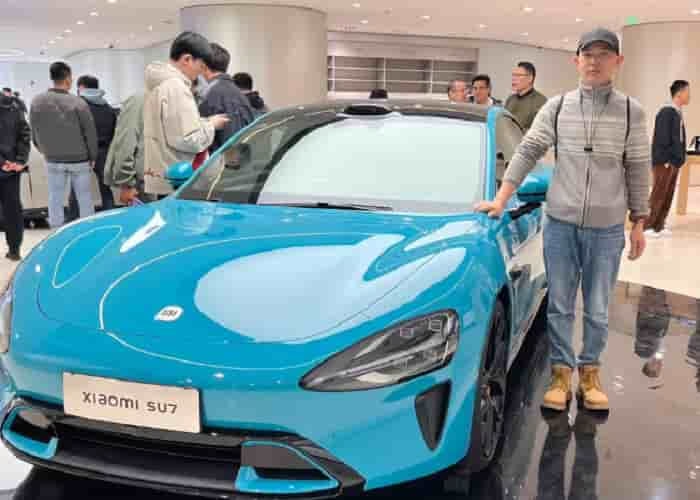
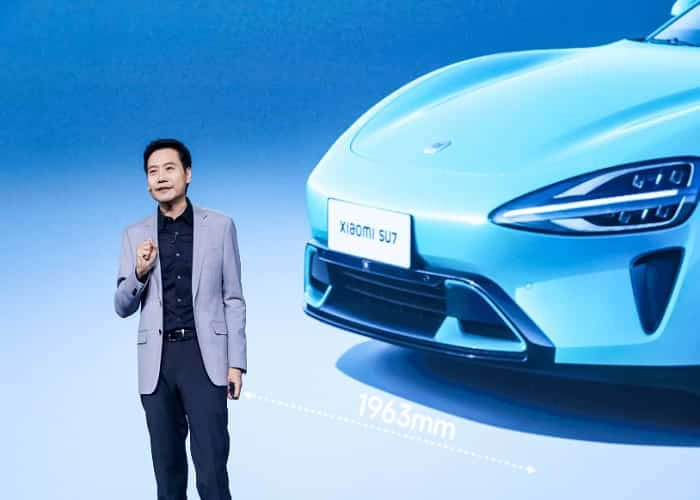
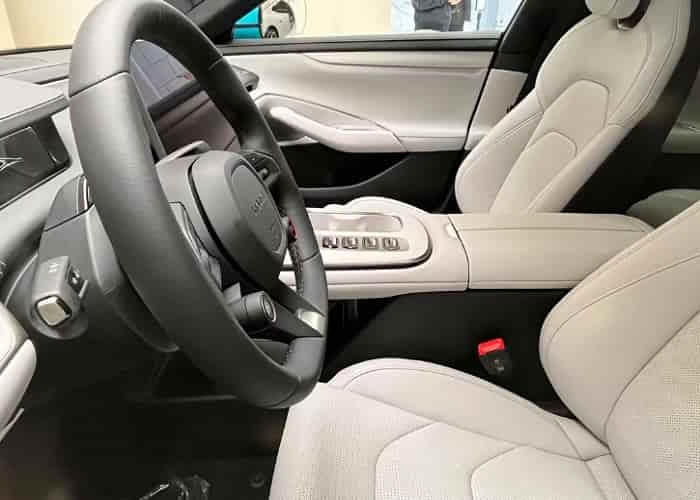


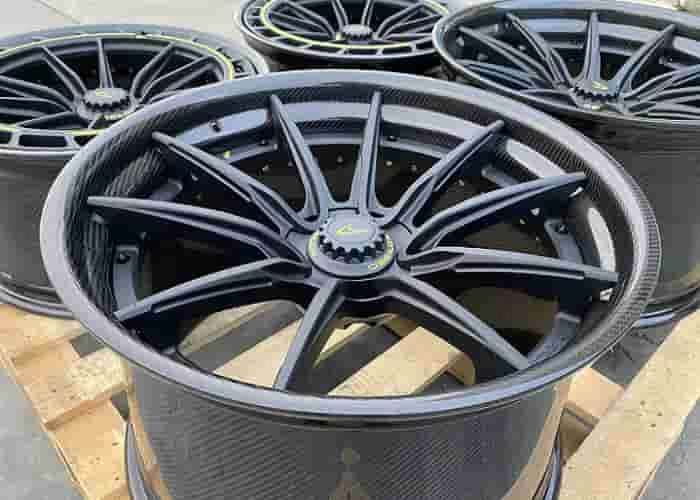


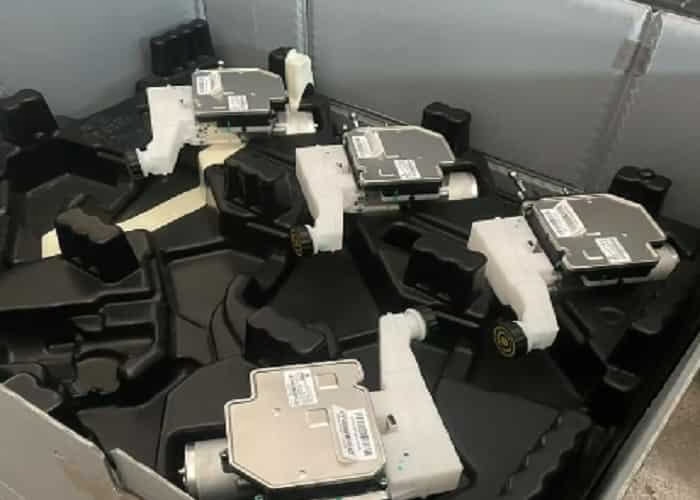
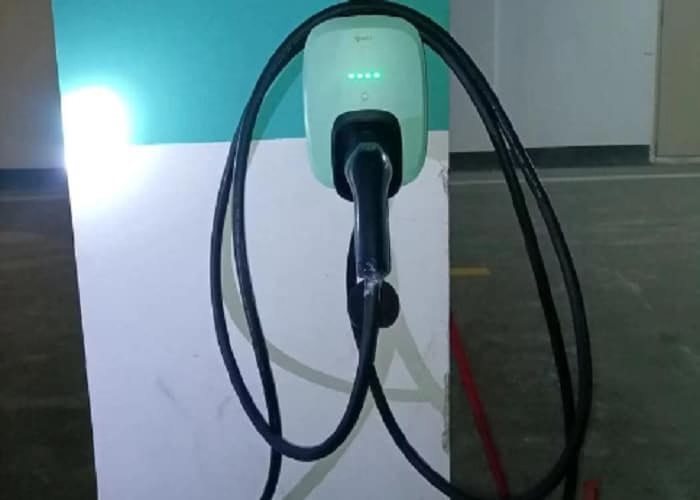



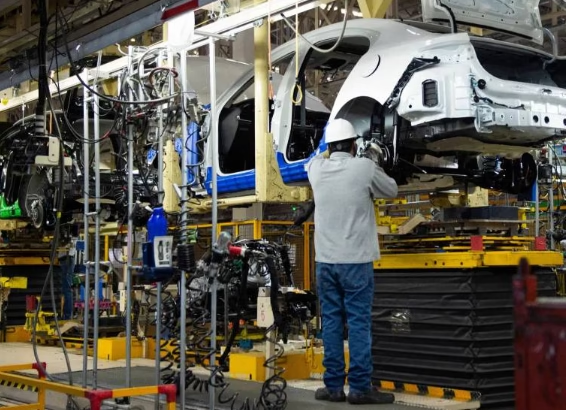
Leave a Reply